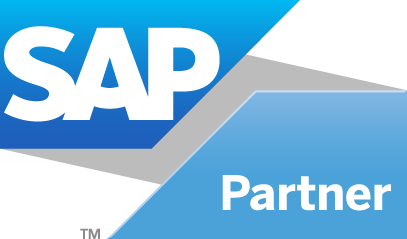Hola, Sourabh Paul
Gracias por tu respuesta, me gustaría saber dónde encontraste esta imagen. ¿Tienes un enlace?
Gracias

Avalados por :





¿Cuál es la diferencia entre las 5 categorías de versiones en SAP Analytics Cloud (Actual, Presupuesto, Planificación, Pronóstico y Pronóstico Continuo), y cuándo se debe utilizar cada una?
Hola, Sourabh Paul
Gracias por tu respuesta, me gustaría saber dónde encontraste esta imagen. ¿Tienes un enlace?
Gracias
Hola jean.almeida ,
Esta es la diferencia entre las 5 categorías de versiones en SAP Analytics Cloud (Actual, Presupuesto, Planificación, Pronóstico y Pronóstico Continuo):
Si esta respuesta te ayuda, por favor vota positivamente o acepta esta respuesta.
Gracias.
jean.almeida
They are different types of financial performance tracking and forecasting methods used by organizations. The version dimension is used to store and track these different performance metrics. Here's an overview of each:
The key differences between these versions lie in their purpose, timeframe, and flexibility. Actual represents the historical performance, while the budget and plan are forward-looking financial plans. Budgets are usually prepared on an annual basis, while plans provide a broader strategic perspective. Rolling forecasts, on the other hand, are updated at regular intervals to adapt to changing circumstances and provide a more current outlook for the future.
From SAC point of view Version is the dimension which stores all the above information and hence you need multiple versions members and category. Generally you have 1 Actual version but may have one or more than one other versions. Version category helps you to know what kind of version is that. Refer to the below for more details.
Hope this helps!!
Please upvote/accept if this helps
Nikhil
contacto@primeinstitute.com
(+51) 1641 9379
(+57) 1489 6964
© 2025 Copyright. Todos los derechos reservados.
Desarrollado por Prime Institute